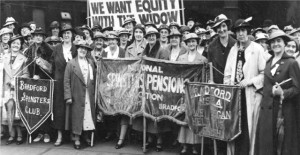Archives Hub feature for May 2020
The Archives Hub includes descriptions called Online Resources. These sit alongside Archive Collection descriptions and Repository descriptions.
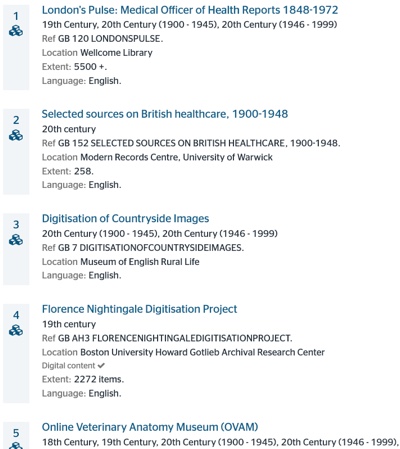
Online Resources are collections of resources, typically digitised content. They are often created as part of a project, and usually based on a specific theme. But the definition is purposely very loose. They are essentially any web sites that offer any kind of introduction, interpretation, or way into archives, other than the more traditional archival descriptions for individual collections.
All Online Resources point to a website, but that doesn’t mean that they only represent digital materials. The website may provide narrative and context for physical collections. A good example of this is War Child. The site is a story about the Evacuee Archive – how it came into being, the man who created it, what he has experienced.
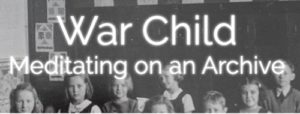
It aims to explore and document the life of this archive. The archive is largely paper-based, and includes some recordings and artefacts. War Child provides a wonderful, creative experience, thinking about how people engage with archives and how individuals are shaped by archives.
Many Online Resources do represent digital collections, and frequently they showcase collaborations. Windows on Genius is a project by the University of Cambridge and University of Sussex that spans two digital collections, giving access to the works of Sir Isaac Newton. Other Online Resources are materials within one institution, brought together by topic, such as Selected Sources on Healthcare, at the University of Warwick. This is a selection of primary sources relating to British healthcare before the foundation of the National Health Service.
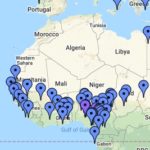
Some Resources are ‘artificial collections’ that have been brought together to aid researchers, such as Endangered Languages – a digital repository created by SOAS, specialising in preserving and publishing endangered language documentation materials from around the world.
Quite often Online Resources provide help with interpretation and using sources for teaching, such as the Pre-Raphaelite resource, which provides teaching materials and allows for personal collections to be created.

Something like this is a wonderful introduction to a subject for a new researcher.
Some of the resources are simply digital collections. Potentially they could also be described simply as Archive Collections.
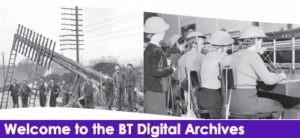
For example the BT Digital Archives Online Resource is an archive collection, and indeed, we do have this collection listed as The BT Digital Archives collection. However, the Online Resource takes the user to the full catalogue, and it provides further context and showcases highlights from the collection.
Our rationale for having Online Resources is more about servicing the end user than the strict definition of what an archive collection is and whether it can be described as an online resource. We want to make sure people find the materials, and we also want to promote any added value that they can get through narrative, context and interpretation that the holding institution provides.
We aim to increase the descriptions of Online Resources – we create them ourselves when we find good resources, and our current contributors can also create them quickly and easily. If an Online Resource is offered by a non-contributor, we can create it for them, or provide a specific type of access to our cataloguing tool, to allow them to create the entry. It provides another discovery channel, so for the short amount of time it takes to write a short entry, it may be found by a researcher who would otherwise never have known about it.
These digital collections and physical archives and websites for learning, teaching, and research include a wealth of materials from many institutions across the UK. From fashion to photography, dance to Darwin, soldiers to Shakespeare, these websites represent a whole range of archival resources, often with strong visual themes that can be used for research, learning and teaching. Explore the Online Resources, and do get in touch if you have any suggestions for additions to our catalogue!

